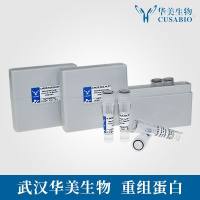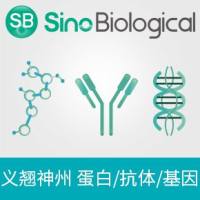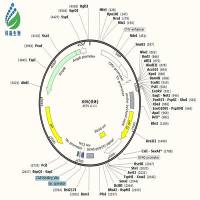A simple and reliable method to measure proteoglycan synthesis by chondrocytes in culture is described. Confluent chondrocytes in 24-well plates are labeled for 24–72 h with 35 SO4 2− in the presence of stimulating agents. At the end of treatment, the secretion medium containing radiolabeled neosynthesized secreted proteoglycans (SP) is harvested, and cell-associated proteoglycans (CAP) are extracted with guanidine hydrochloride for 48 h. Aliquots of medium and cell extracts are distributed on Whatman paper and left to dry. SP and CAP are trapped by precipitation with the cationic detergent cetyl pyridinium chloride (CPC), whereas nonincorporated 35 SO4 2− remains in solution. After drying, each spot corresponding to one well in the plate is cut, and its radioactivity is measured. Counts are proportional to the amount of neosynthesized proteoglycans. In a representative experiment using rabbit chondrocytes, total proteoglycan synthesis (SP plus CAP) was increased 3.5-fold after the addition of 1.34 nM insulin-like growth factor-1 (IGF-1) compared with nonstimulated cells. Further addition of a fourfold molar ratio of IGF binding protein-3 completely abolished this effect. This method can be used to measure proteoglycan synthesis by chondrocytes from many species, including human osteoarthritic chondrocytes, as well as guinea pig, rabbit, and rat chondrocytes.






